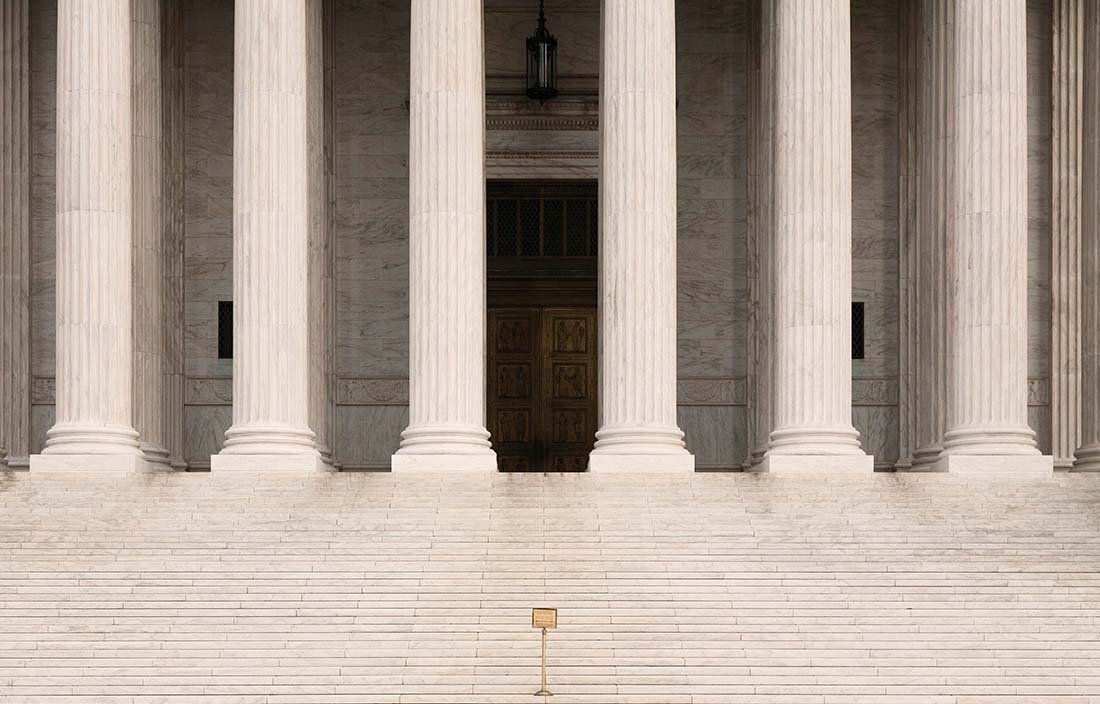Are PPP loans adding to the fair lending risk at your bank?
The first wave of CARES Act fair lending lawsuits has been filed, and one thing is clear: financial institutions’ actions relating to Paycheck Protection Program (PPP) loans are being closely scrutinized. How does your bank’s risk profile stack up?
 In response to the COVID-19 crisis, the federal government quickly enacted the CARES Act with its PPP forgivable loan package to help small businesses in the nation and their workers weather the economic storm. For many businesses, PPP support means the difference between continuing operations or closing their doors for good.
In response to the COVID-19 crisis, the federal government quickly enacted the CARES Act with its PPP forgivable loan package to help small businesses in the nation and their workers weather the economic storm. For many businesses, PPP support means the difference between continuing operations or closing their doors for good.Due to the quick onset of the crisis and the hasty implementation of the PPP, financial institutions had little time to prepare before they began processing PPP applications. Adding to the confusion was the need to process a record volume of applications while adapting lending operations to a work-from-home model.
As a result of the confusion around this “perfect storm” of events, there’s a significant risk that financial institutions may have, inadvertently or not, illegally discriminated against certain qualified applicants.
There’s a significant risk that financial institutions may have, inadvertently or not, illegally discriminated against certain qualified applicants.
One area receiving close scrutiny is the treatment of new customers. The intent of the PPP program was to run on a first-come, first-served basis. While many institutions focused their efforts on existing customer applications for the program, not providing equal attention to new customer applications for PPP loans may be a cause for fair lending concern.
Discrimination against qualified small businesses in the interest of building revenue and/or favoring existing clientele is a huge red flag, which could have a severe effect on an institution from a regulatory, legal, and reputational perspective. It can also have an unintended ripple effect in the economy resulting in wrongly denied or underserved businesses having to lay off staff or close altogether — negative impacts the PPP program was designed to prevent, not accelerate.
Has your institution’s fair lending risk profile been adversely affected by its efforts to keep up with the demand for PPP loans?
Given the potential downsides, it’s important to act now to get a clear perspective on your fair lending risk, self-identify concerns, in order to remediate them before the situation snowballs into regulatory fines or civil litigation.
We recommend refreshing your existing fair lending risk assessment with updated data, including your PPP applications. This assessment will give your bank and important stakeholders visibility into key metrics of PPP applications received to date. Steps in this risk assessment would include:
- Reviewing a sample of PPP applications (both approved and denied) to determine whether fair lending controls have operated as intended.
- Gathering available PPP loan data and aggregating it to assess key metrics such as application processing times, denial bases, applicant types, denial rates, etc.
- Leveraging identified data and key metrics to help drive and refresh your fair lending risk assessment.
Analyzing the data and reviewing it from an objective perspective will provide a full understanding of your lending risk and how you can act on it going forward in light of COVID-19.
Fair lending isn’t something that allows for a “one-size-fits-all” approach. Assessing fair lending risk is different for each type of institution such as a community bank, credit union, or financial technology company, as well as for the range of assets and fair lending risk profiles.
Using purpose-built data analytics tools, our team can efficiently gain an understanding of your institution’s fair lending program and ensure a complete and accurate assessment that’s tailored to business type and inclusive of all key risks.




